|
Welcome back to the BSNV blog! I am a huge fan of using the things I already have for multiple uses. Homemade workout equipment is no exception. I do have basic strength equipment, like an olympic bar with plates, dumbells, bands, and a TRX, etc. But this time at home has inspired me to share a few of my favorite options of improvised home fitness. So I challenged myself to use materials I have in the garage to make equipment that is versatile, easy to make, and effective! My aim is to go beyond the conventional substitutions, like soup cans, milk jugs, or similar! This week, I am going over the RUCK PLATE! Watch my video, and read on below! Introducing the "Ruck Plate"A ruck plate is flat and heavy (as the name implies!), it is typically used to add weight to a backpack for a military exercise, called a RUCK (click here fore more info). Soldiers are trained to carry their heavy gear long distances in their "rucksack", often over rugged terrain, and while doing other exercises. Rucking is gaining popularity in mainstream fitness, with many events (GORUCK, for example), and social ruck groups who meet up and organize their own. But beyond rucking, it makes an extremely versatile fitness tool!
Materials:
Process
Fitting it to your backpack: A ruck plate needs to be flat enough to fit inside the laptop compartment, or one of the pockets of your backpack. I have a couple of backpacks, one with a laptop sleeve, and an older one without, so I wanted it to fit both. The older one doesn't have the padded pocket, so I just wrap it in a small towel. In my red pack, I still have plenty of space to fit my camera gear, hydration, extra clothes,etc. See the pics below for fitment, and measurements. Both packs are different sizes, but can still accommodate this size plate easily. So what materials do you have that can create something close to this? Leave a comment with your idea!
Watch for more ideas for improvised home exercise equipment, right here on the BSNV blog! Until next time...
0 Comments
Hi everyone, welcome back to the blog. It is week 5 of Health From Home! So far, most of our education has been geared towards our own health, and ways to optimize and balance our work lives with measures to maintain health and fitness. But what often goes overlooked (or, underlooked - is that a word? Well, it is now) is the physical health of youth that may be quarantined along with us! This post is dedicated to those with kids in the house, and how parents can find effective yet fun ways to keep the kids active at home. It's not an ideal reality, but today's youth are slower and weaker than previous generations. During this time of quarantine, it is essential that kids at home are getting an appropriate outlet for physical activity - 60 minutes per day, ideally. But included in that physical activity, should be some kind of regimented exercise, with strength training included. Home-school physical education or recess shouldn't be ignored, but it CAN be fun for parents and kids alike to sneak in some exercise. The benefits of youth strength training and exercise are very well documented. In 2018, the Physical Activity Guidelines Advisory Committee summarized a decade of research on the impact of physical activity on all demographics, across body types, medical conditions, race/ethnicity, age and gender. All are summarized here. Youth findings are summarized here. If you have a concern with a pre-existing condition, and are unsure about the efficacy or safety of exercise for a child, start by reading through this research, and chat with your doctor about a plan. There are no two ways about it - we absolutely have to find a way to keep the kids active! General Recommendations, according to the World Health OrganizationFor children and young people, physical activity includes play, games, sports, transportation, chores, recreation, physical education, or planned exercise, in the context of family, school, and community activities. the recommendations to improve cardiorespiratory and muscular fitness, bone health, and cardiovascular and metabolic health biomarkers are: 1. Children and youth aged 5-17 should accumulate at least 60 minutes of moderate - to vigorous-intensity physical activity daily. 2. Amounts of physical activity greater than 60 minutes provide additional health benefits. 3. Most of the daily physical activity should be aerobic. Vigorous-intensity activities should be incorporated, including those that strengthen muscle and bone, at least 3 times per week. 4. For those kids who are getting no, or very little, exercise, there should be a focus on slowly integrating exercise more and more, as they will be high responders to even doing just a little, with the goal to get to the 60 minute standard 5. It is best to break up the 60 minutes into 2-3 segments throughout the day. This mirrors the typical school day with recess and PE class, and allows kids to play hard for short durations. This style of play suits them perfectly It is a MYTH that resistance training is detrimental to physical development in youth! Well designed youth strength training programs can have a favorable influence on bone growth and development. Here are some guidelines to follow with youth resistance training:
And most importantly...!Now that we are playing parent AND teacher, it is up to parents to MODEL the behavior we want to see in our kids. This couldn't be more true in terms of exercise and physical activity. We should be emphasizing how FUN exercise is and reciting its basic merits and benefits any chance we get! If our kids see us doing a video, they are much more likely to jump in and participate. Sometimes it's nice to do our own workouts just to have personal time and focus on the self, but save some time and energy for physical activity with them! Until next time! More resourcesMy video, with my son, adapting exercise to a few common games
Welcome back! It is week 4 of quarantine. I know this is a fitness/exercise focused blog, but I thought it would be pertinent to continue to share some insights on positive psychology that can help us make the most of our time at home. Exercise is definitely a big part of it, trust me! Before we get to it, I wanted to make sure you are aware of all mental and emotional health resources available to you as an employee. EVERYONE can benefit from the cathartic effect of verbalizing anxieties, insecurities, fears, and struggles to a listening and knowledgeable ear. Resources available to you include
Now, let's tap into the power of MINDFULNESS in breeding HAPPINESS in our lives! Are you robbing yourself of your front- and-center?No one can look at the picture above and not be a little unsettled by it. Imagine not being able to drive, read, recognize a loved one's face, or perform routine daily tasks. It is similar to the field of vision experienced by those with macular degeneration - the inability to focus on the middle, and most important field of vision. Quite debilitating. I use this image as a metaphor - crude and imperfect as it is - to suggest what we are effectively doing when focusing and dwelling on everything except what is front and center. The gray blotch represents the PRESENT and most important areas of our immediate life. Notice the outer field of vision is crystal clear, yet not much help to the immediate situation! Our focus this week is on INSPIRATION, and I am challenging you to be inspired by the present. During this time of quarantine and uncertainty we're bombarded with news and information at a fast and furious pace, which unfortunately, tends to fuel stress and anxiety. I encourage you to take this opportunity to re-center your focus on the present. It is easy to let the mind wander into future uncertainties, and dwell on past circumstances. In fact, the anxious and stressed out mind can easily be described as a time-travelling mind. It's a mind that is trying it's best to define and make sense of everything outside of our sphere of importance and influence. It's a mind consumed trying to make life's peripherals crystal clear, with a blurred out middle. It leaves less time to be happy and content with all things, front and center, and helps define and how to react to the here-and-now. Removing ALL anxieties and stresses may not be possible, but what IS possible is INTENTIONAL focus on other things. In wellness, we refer to this intentional effort as MINDFULNESS! Last week, I posted two areas of positive psychology - the Zeigarnik Effect and the power of "getting started", and what Flow Theory - being consumed by a task purely for it's own merit - teaches us about a content mind. In addition to those concepts, try adopting some of these areas of mindfulness in your life today
Mindfulness is not a stand-alone cure for many situations, but we should realize that the mind can be trained to focus on positive things, just like it does on negative! The peripheries in life should be used to sharpen the center of your picture, not blotch it out. Recommend viewing As a follow-up, I invite you to watch this Ted Talk by renowned positive psychologist Shawn Anchor. He puts happiness in an EXCELLENT framework, in terms of our perception of work and success. It's a funny and worthwhile 12 minutes! Until next time! “What man actually needs is not a tensionless state but rather the striving and struggling for some goal worthy of him. What he needs is not the discharge of tension at any cost, but the call of a potential meaning waiting to be fulfilled by him.” Welcome to week 3 in our Work From Home series. We are dedicating this week to applying the principle of "More with Less" in our lives. We are constantly on the hunt for ways to do more with our time, money, and resources. But sometimes it easy to get side tracked and miss out on opportunities to try new things, and meet our goals. Especially when they are inherently TOUGH. So, in that light I would like to touch on a couple of topics about positive psychology. Be sure to check out all of our other resources covered this week on our Health at Home page! Zeigarnik Effect, and the power of GETTING STARTEDHave you ever found yourself pre-occupied with intrusive thoughts about that home/work/school project, training program, a book or series, or game, that you have started? That preoccupation with unfinished work is the Zeigarnik Effect (ZE) on full display! More specifically, it is the tendency to remember incomplete or interrupted tasks more easily than tasks that have been completed. The effect was first observed by Russian psychologist Bluma Zeigarnik in the early 1900's, who noticed that waiters in a café could recall the orders they had not yet delivered better than those they had. She then went on to research this psychological effect, which is summarized in her work "On Finished and Unfinished Work". In these experiments, she found that a group of participants recalled interrupted tasks 90% better than the tasks they completed, and a second group of participants recalled interrupted tasks twice as well as completed tasks. Children too! We are exploited constantly with this phenomena, with catchy news headlines, binge-worthy Netflix series, interrelated quests in gaming, click-bate, etc. But in what ways can we harness the ZE for our personal use, and what can we learn to avoid?
The ZE, though well supported, does not do a great job taking into account personal motivation, or the perception of how difficult a task is. This is a perfect opportunity to introduce the other aspect of positive psychology: Flow theory, and happinessRefer to Victor Frankl's quote at the top of this post. It suggests that we gain happiness when we are working towards a long-term, meaningful goal, to where time seems to stand still! That is where the psychological term known as "flow" comes in. Psychological Flow captures the positive mental state of being completely absorbed, focused, and involved in your activities at a certain point in time, as well as deriving enjoyment from being engaged in that activity. (sourced here) It is known, simply, as being "in the zone", doing things that are self-rewarding. You know you have experienced this when you are performing a task, and you all of a sudden look at the clock and realize you've lost total track of time. It is often doing something you enjoy, and that gives you happiness. Mihaly Csikszentmihalyi was credited with popularizing the term flow. This is an excerpt from Wired magazine article "Go with The Flow": "Being completely involved in an activity for its own sake. The ego falls away. Time flies. Every action, movement, and thought follows inevitably from the previous one, like playing jazz. Your whole being is involved, and you're using your skills to the utmost". In other words, we should fill our lives with as much flow as possible. Here are the key factors to triggering flow (according to Csikszentmihalyi 's studies)
Here is a chart detailing the ideal conditions for entering the flow state, from Csikszentmihalyi’s (1998) book Finding Flow . Key lessons learned from Flow Theory:
For more information on this, I encourage you to watch Mihaly Csikszentmihalyi's Ted Talk Flow, the secret to happiness. We can employ these two areas of positive psychology to engage more meaning into our lives. GET STARTED working FLOW into your life. DO MORE with LESS! Until next time!
|
Broad Scope Narrow Focus BlogWelcome to the Broad Scope Narrow Focus Blog! I hope you find a lot of useful and applicable information as we explore the broad world of Wellness together. Check in often, as there will be new posts weekly! Enjoy Archives
September 2021
Categories |
|||||||||||||||||
Services |
Hours & Contact InformationHours of Operation: The Facility is staffed Tuesday - Thursday 7a-5p
*Facility is accessible 24 hrs / 7 days a week e . [email protected] p . (616) 787 - 7710 |


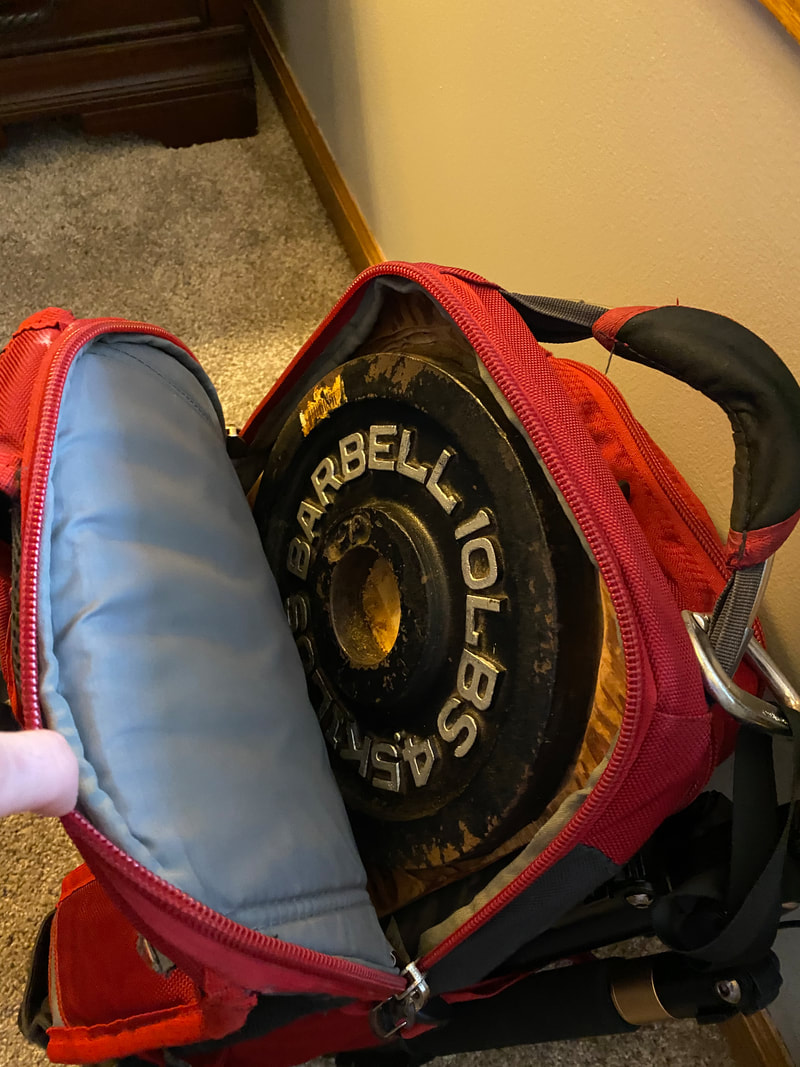
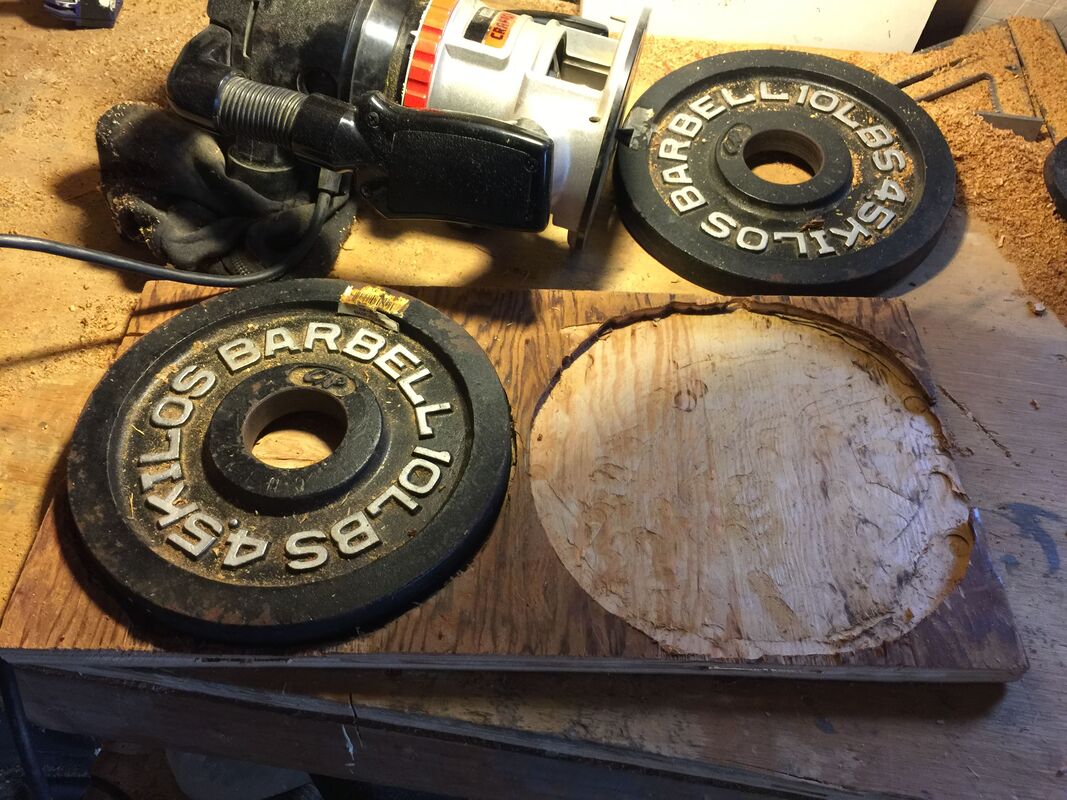
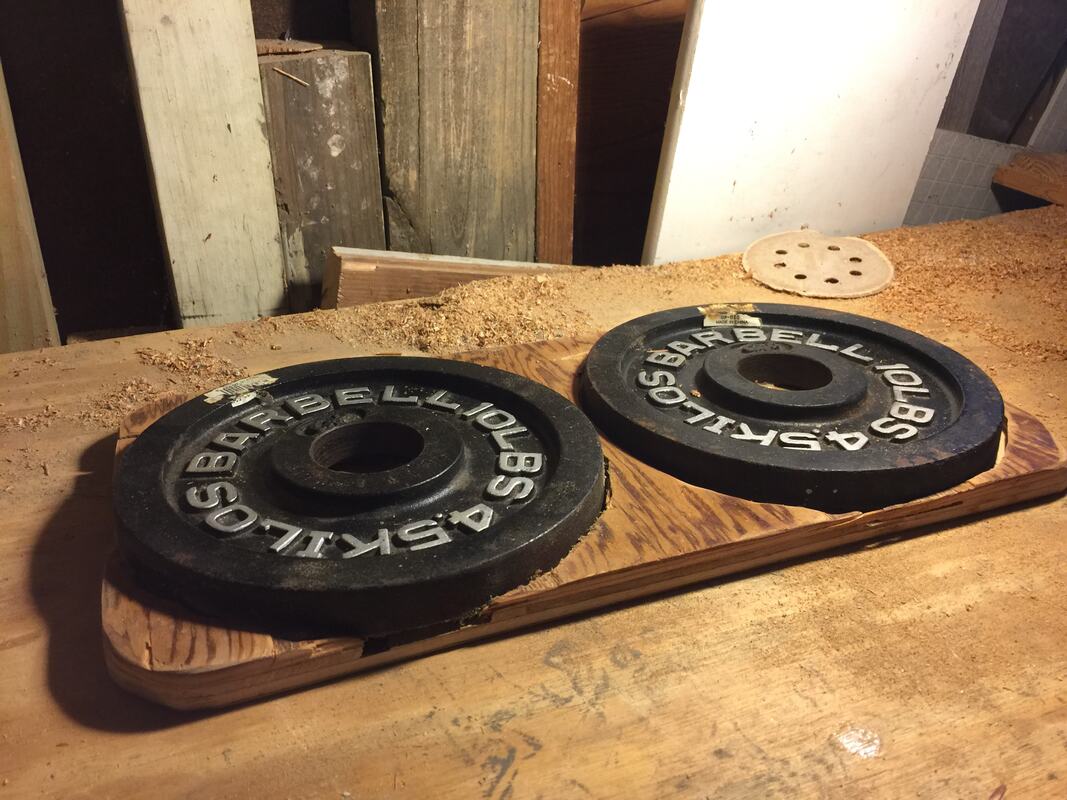
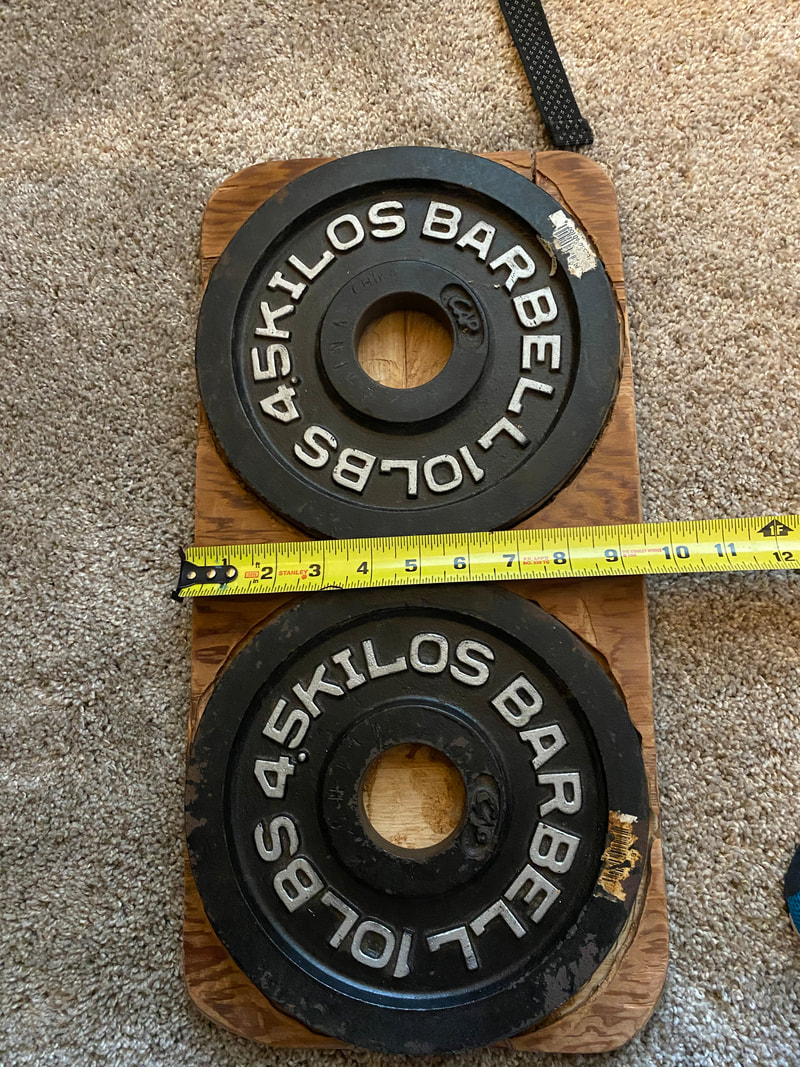
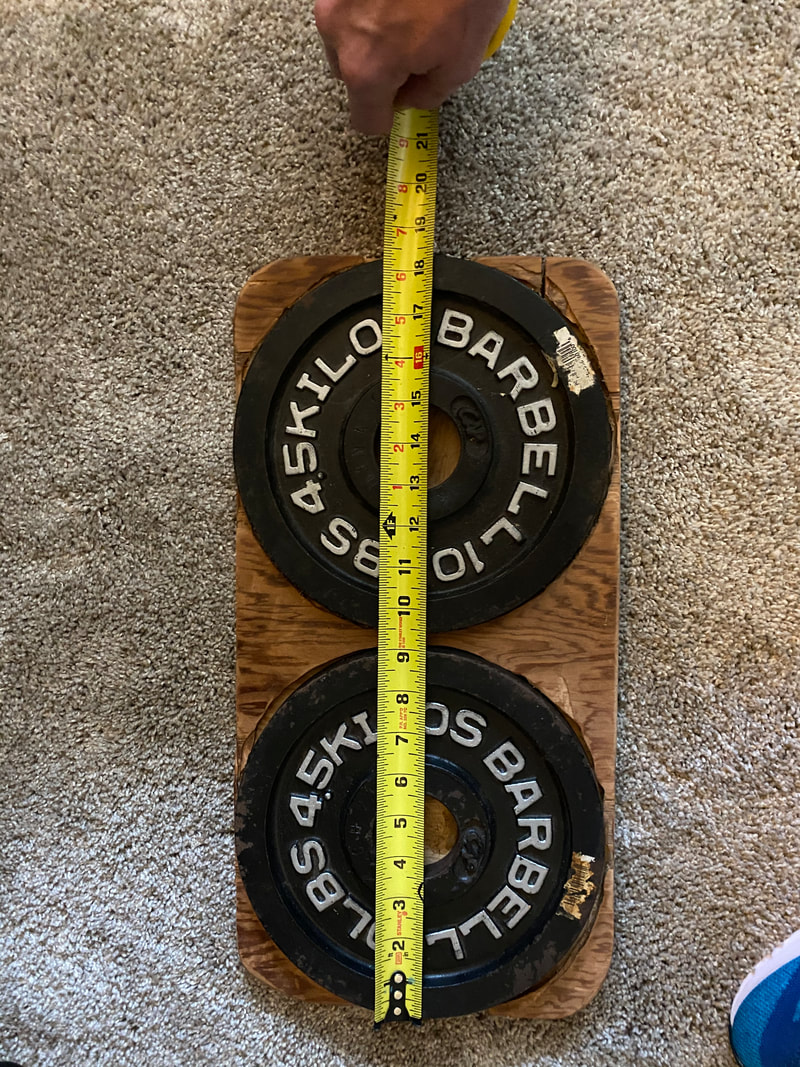
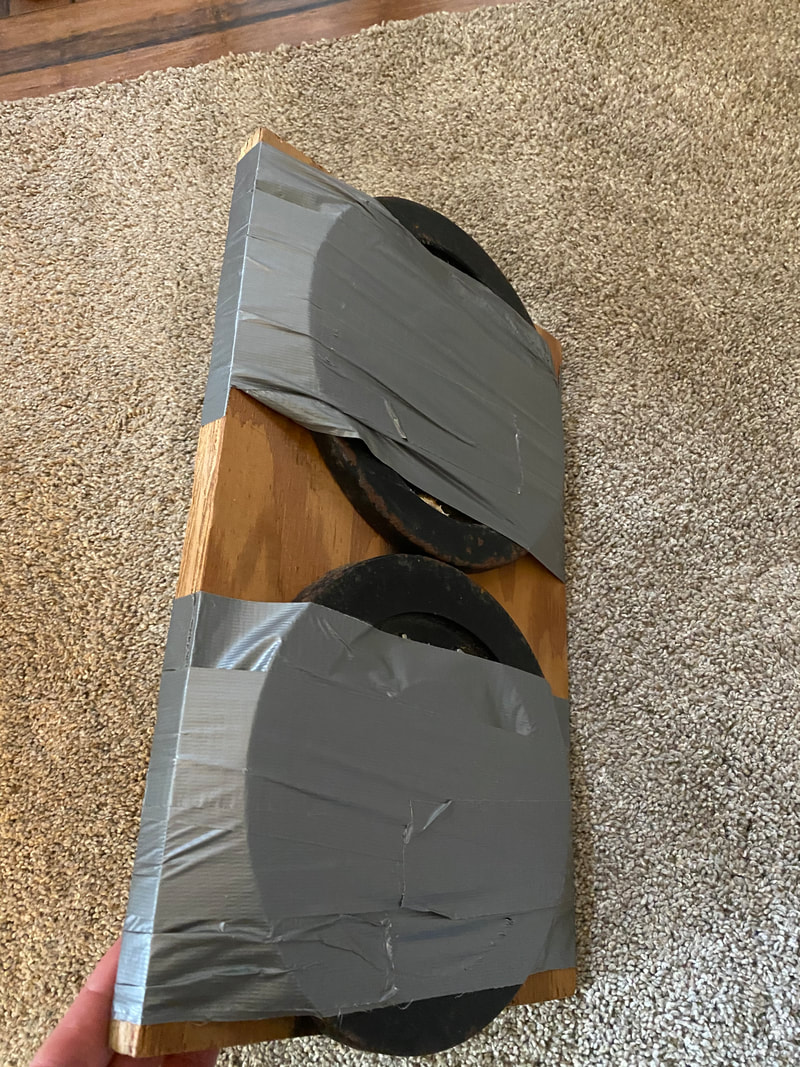
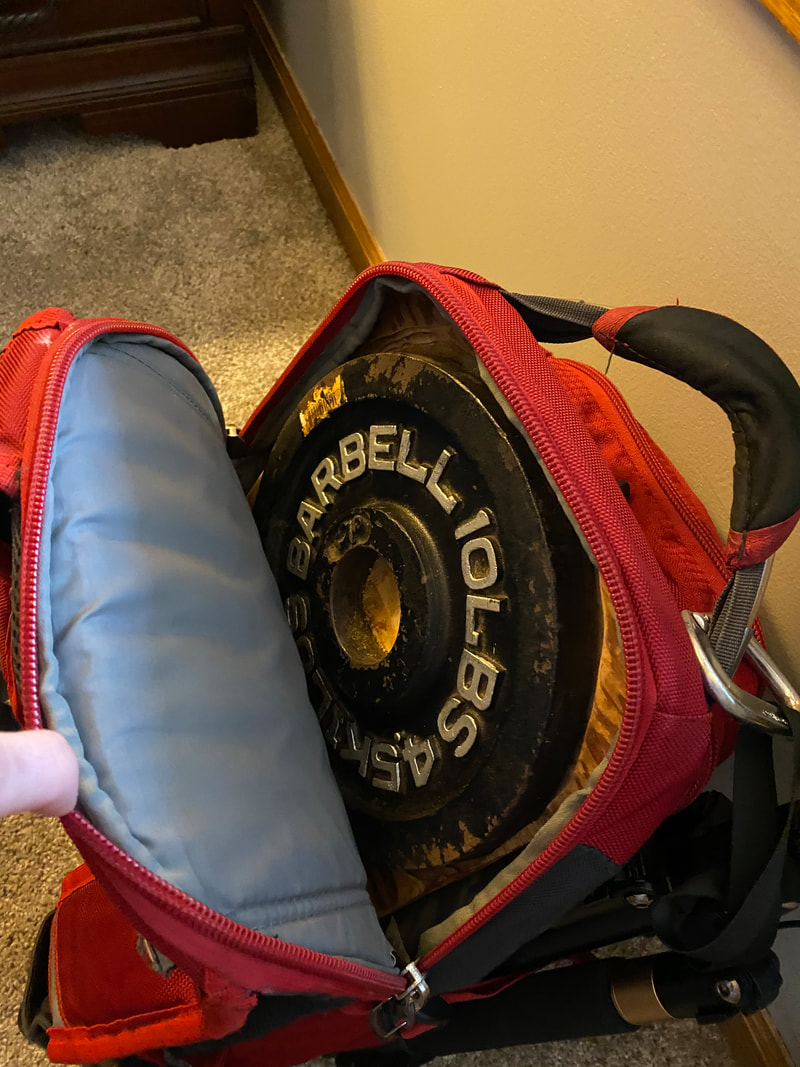
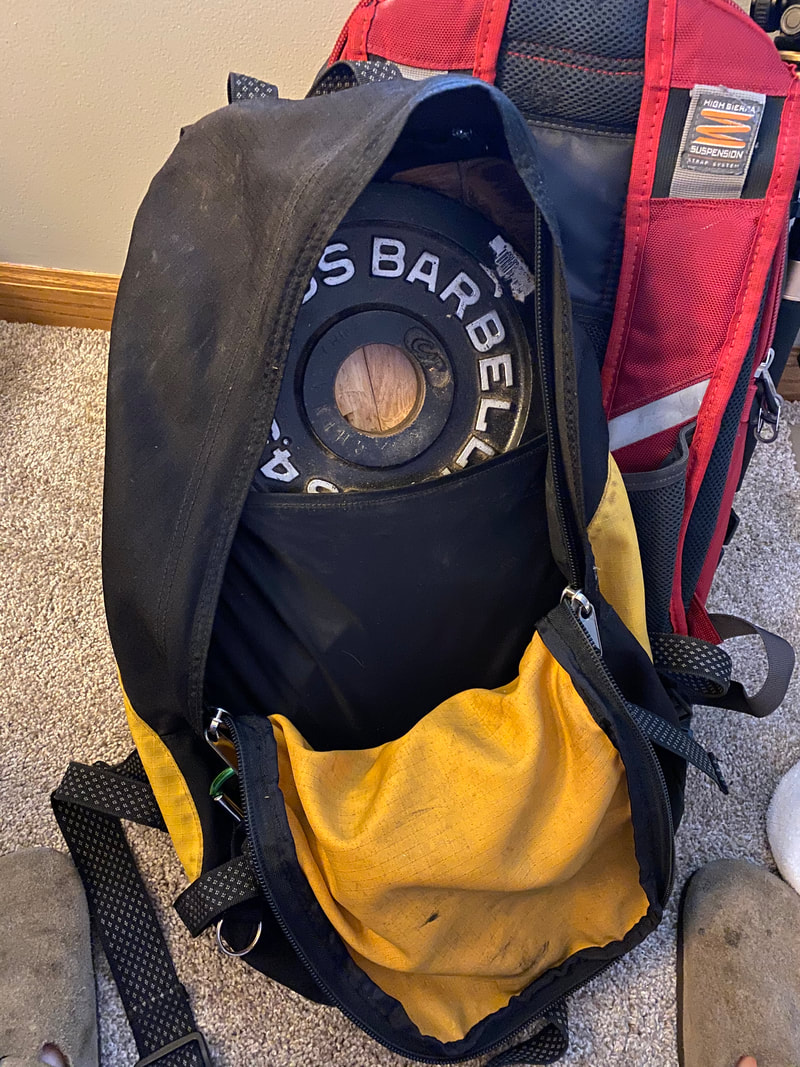
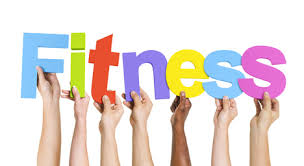
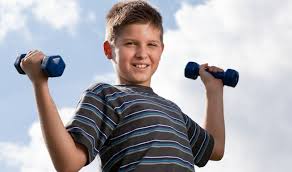

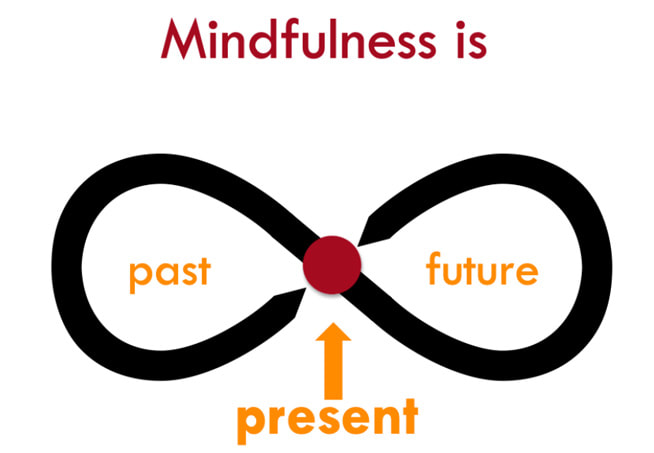
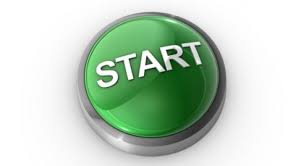
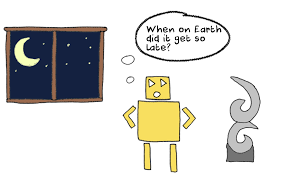
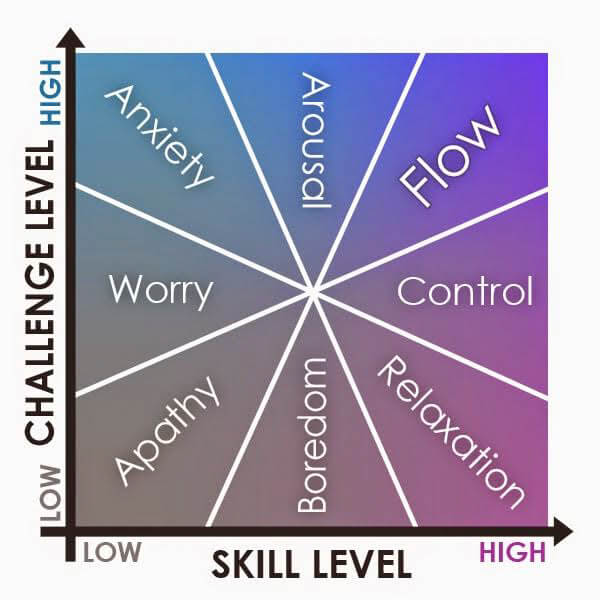
 RSS Feed
RSS Feed